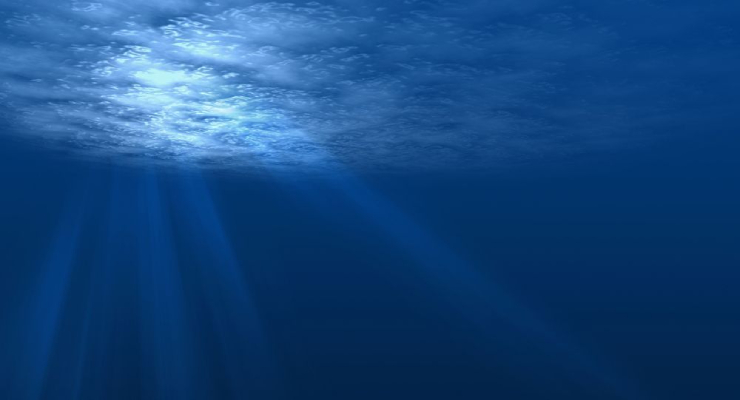Learning Objectives:
1. Know what is meant by an ocean current.
2. Distinguish between surface and deep currents.
3. Explain why our Pacific Coast is cool and dry and our Atlantic Coast is warm and wet.
Daftar Isi
Ocean currents are streams of water that flow through the ocean. There are two types of ocean currents; surface and deep currents.
Surface Currents
Surface currents are powered by the sun and driven by the wind. The sun drives the global wind systems on Earth. When this wind blows over the surface of the ocean, it causes waves to form and the water at the surface to move. The force of the wind pushing on the water results in what are known as surface currents.

The global winds that drive surface currents are affected by a number of things, one of which is the rotation of the Earth. The Earth’s rotation causes the ocean currents to turn in a process known as the Coriolis effect. Because of the Coriolis effect, ocean currents deflect to the right in the Northern Hemisphere and to the left in the Southern Hemisphere.

Additionally, while the wind only pushes the water at the very surface of the ocean, the water molecules moved by the wind current drag along the water molecules just below them. The result is that the layer of water just below the surface also moves (though slightly slower). That second layer, in turn, pulls on the water molecules below it. This continues down to a depth of about 100 m (330 feet) with each increase in depth resulting in a slowing down of the water.

Deep Ocean Currents
Deep ocean currents (currents that occur at depths below those of surface currents) are driven by differences in seawater density which are the result of differences in temperature and salinity (saltiness). The system of deep ocean currents that is the result of these changes in density is known as the global conveyor belt
The Global Conveyor Belt:
Near the pole of the North Atlantic, water near the surface of the ocean begins to freeze due to cold temperatures. When this water freezes, however, it leaves salt behind, which increases both the salinity and density of water left behind (not frozen). This denser water begins to sink to the bottom of the ocean, while surface water moves in to replace it, generating a current. This deep water then moves south in a complex pattern around the globe, moving at speeds much slower than those of the surface currents.

How Ocean Currents Affect the Coast:
Ocean currents can affect local coasts by transferring heat (in the form of warm water) from warmer (tropical) to colder (polar) regions.
For example, currents flowing from the poles (think Alaskan and northern ocean currents; these currents are coming from cold regions) travel southward along the west coast (Pacific Coast) of the United States, causing cooler ocean temperatures and a cooler climate. The cold current along the west coast of the US is known as the California current. On the other hand, currents from locations near the equator (think the Caribbean and tropical Atlantic; these currents are coming from warm regions) move along the east coast (Atlantic Coast), resulting in a warm and wet climate.
Source : https://pressbooks.umn.edu/classroompartners/chapter/ocean-currents/
Activities Task
- Make a resume about the article in Bahasa Indonesia which contain information based reading objectives!
- Find out a specifics physics vocabulary and explain what do those words mean!
- Find out the Physics quantities and write the units of its quantities!
Complete Sentences
- The system of deep ocean currents that is the result of these changes in density is known as the global conveyor belt
- This denser water begins to sink to the bottom of the ocean, while surface water moves in to replace it, generating a current

Leave a Reply
You must be logged in to post a comment.